Geography
The steppes form an enormous geographical area spreading from
Dacia in the Roman Empire to the area North of
Sinae. It covers several biomes (temperate grasslands, savannas, and shrublands) that share the fact that they are covered with grassland where no tree grow apart from a few next to water points. This land is terrible for agriculture, and so only nomadic tribes live there, raising horses, sheep, and goats, making cheese from their milk, eating their meet, and drinking their blood.
Still, we should not let the uncivilised nature of these steppes fool us! They have always been extremely important for humanity. Indeed, constant exchanges from West to East, East to West and North to South allow for the circulation of ideas and materials such as silk. Some antiquarians even claim that this is where the horse was first domesticated and the wheel and chariot invented! Not too bad, for individuals not even able to properly worship their gods in grand temples. It certainly makes you wonder what terrible thing they will come up with next and what damage this will do to our empire until we catch up to them...
The tribes
The steppes come with many dangers. They are filled with Barbarian nomadic tribes travelling in huge caravans. They do not have proper government but are assembled in confederations. Occasionally, a charismatic leader can unify a huge group of them, but kill him and all alliances are gone. Nevertheless, while they last, those huge mobile empires travel through Eurasia and raid civilised empires like us. In some cases, they shockingly even manage to overthrow civilised people to take our place! The Parthians did it with the Seleucid Empire, before the Sasanian Persians managed to drove them back. Take care, fellow Roman, for no matter how extraordinary the idea is, some of those Barbarians could one day threaten Rome itself...
And that day may, in fact, not be so far. In the 200s, the most important tribes were the Sarmatians in the Western Steppes, the Scythians in the Central Steppes, with the Alans and Huns in between, while the Xiongnu were in the Eastern Steppes. However, recently new Mongolian tribes have appeared in the Eastern Steppes and pushed everyone away South and West, including the cruel Huns. All the Germanic and Iranian tribes located East of Magna Germania and North of Dacia have been fleeing the Huns' advance by attempting to invade us. Our only saving grace is that the Sasanian Empire is also attacked by the Huns and Alans in the North West, and the White Huns and Khwarazm in the North East.

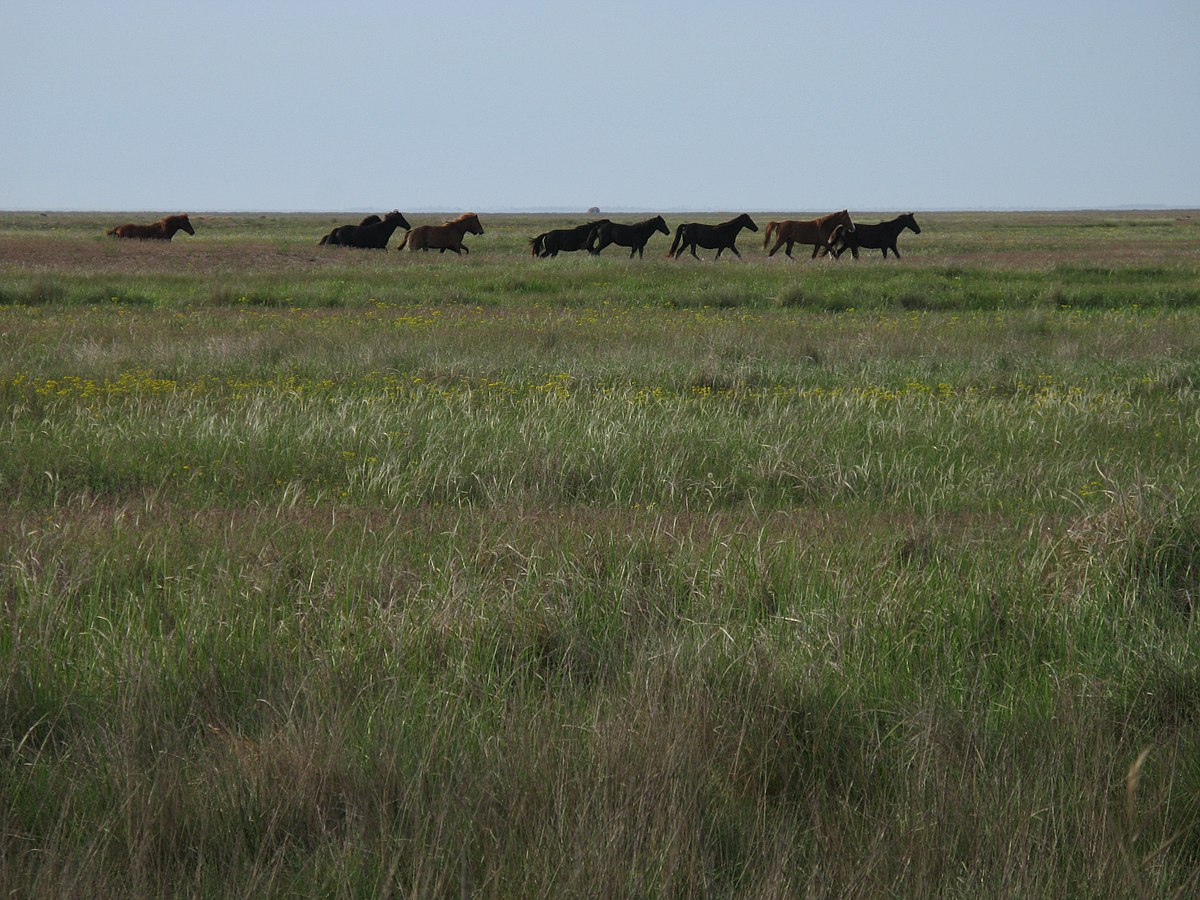
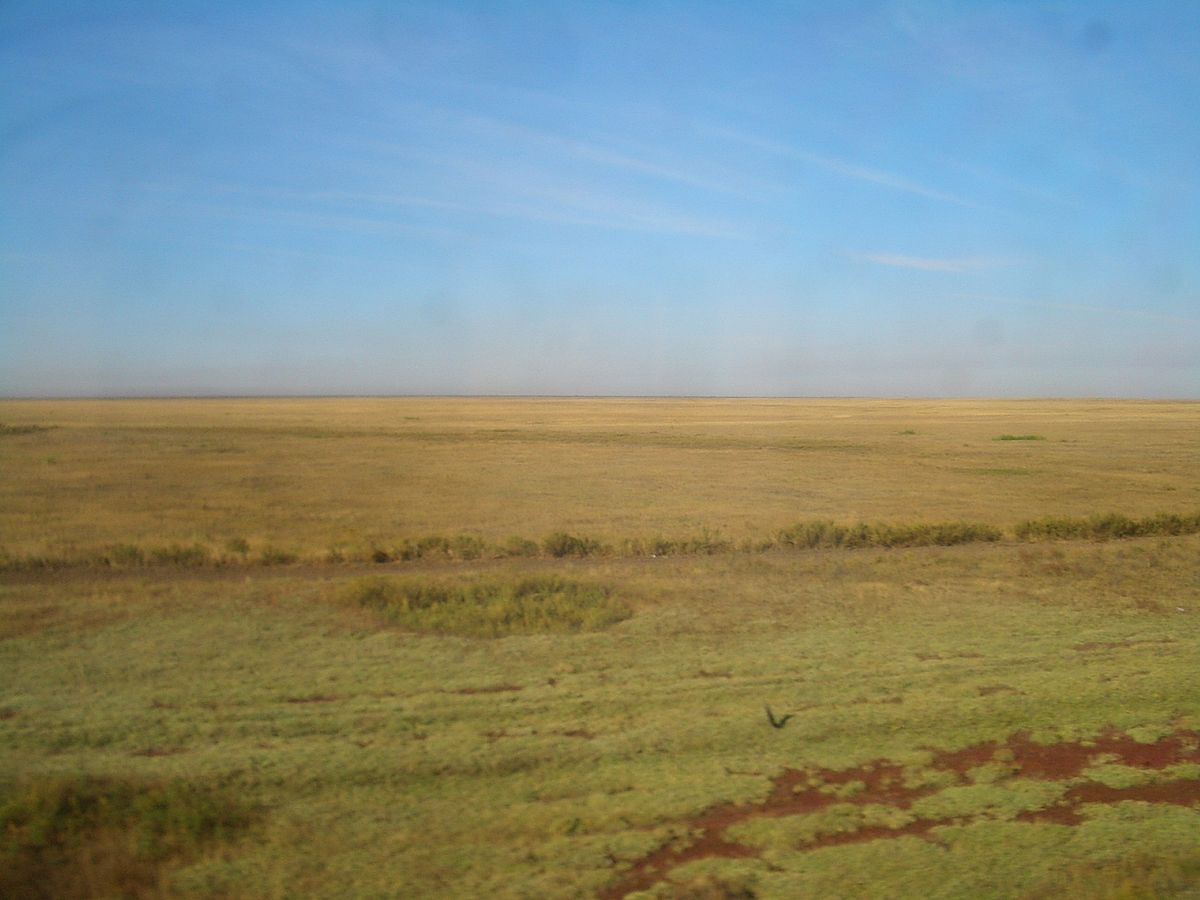
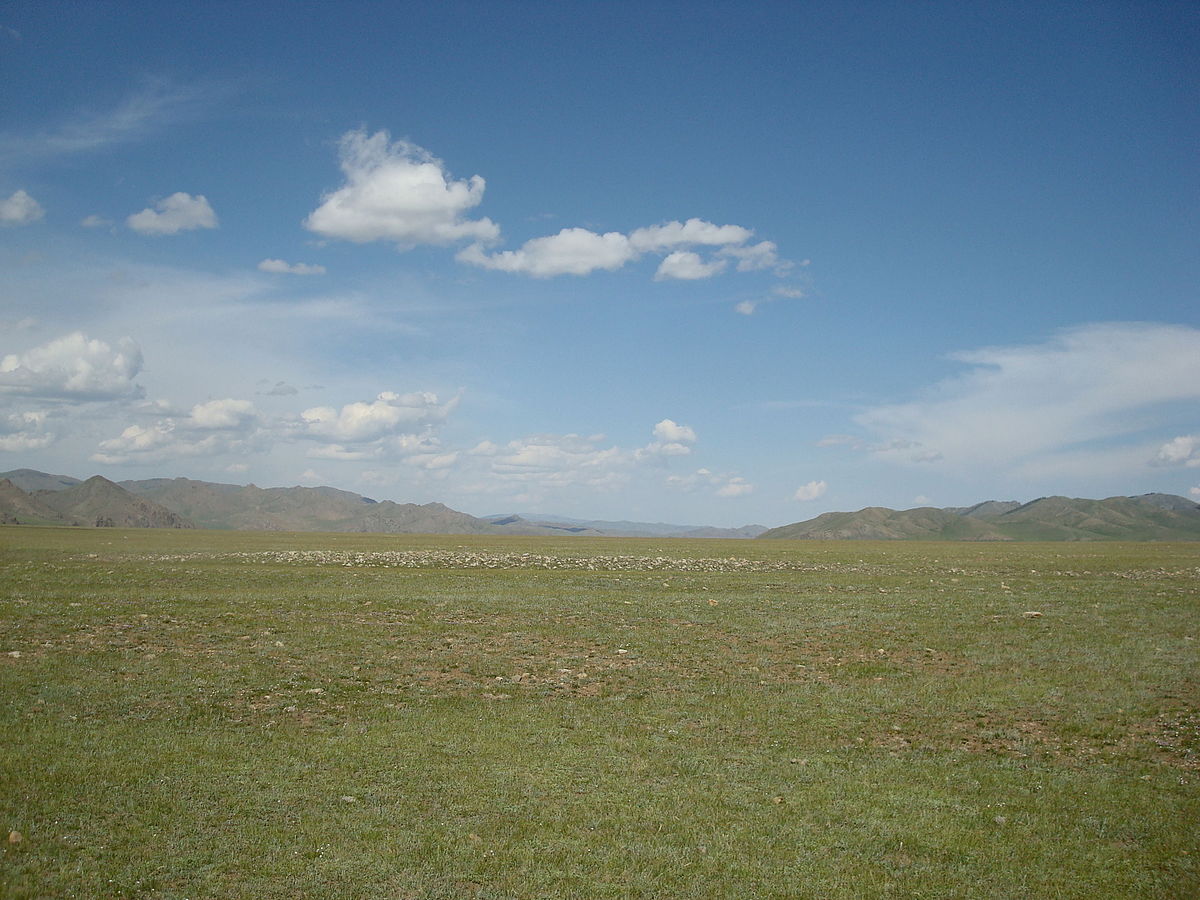
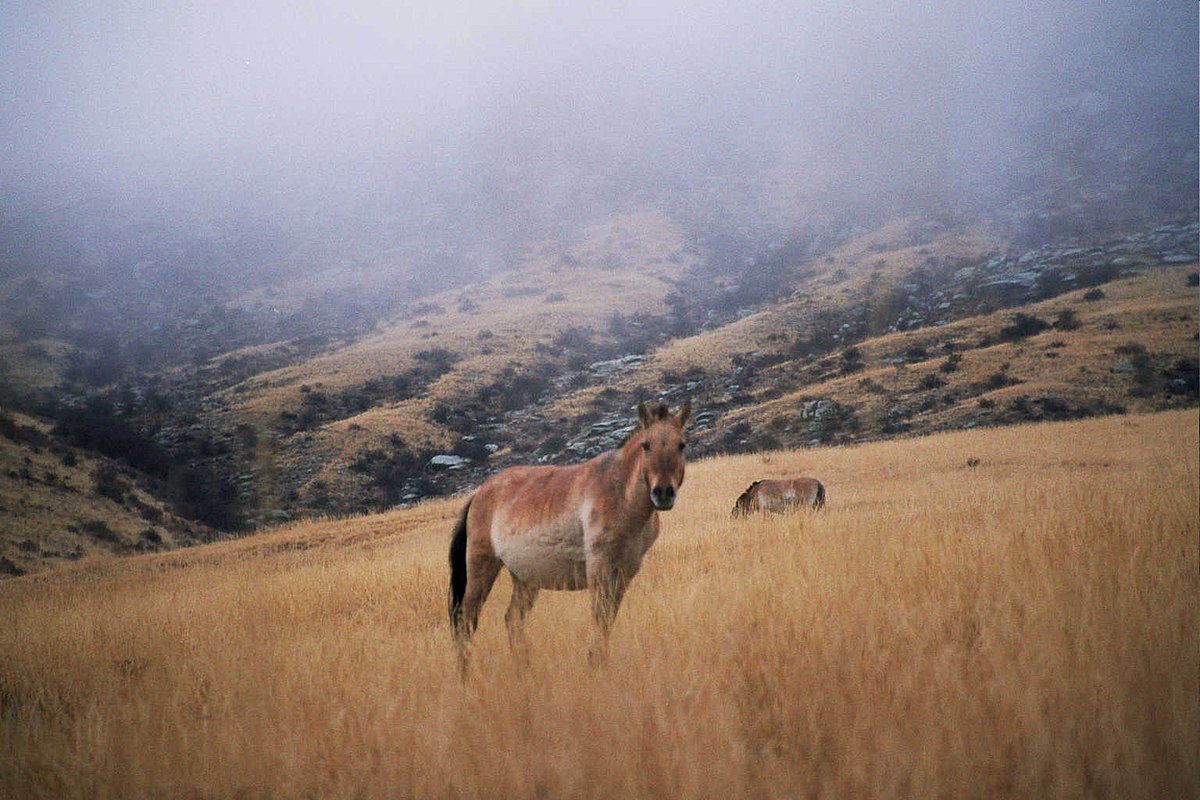
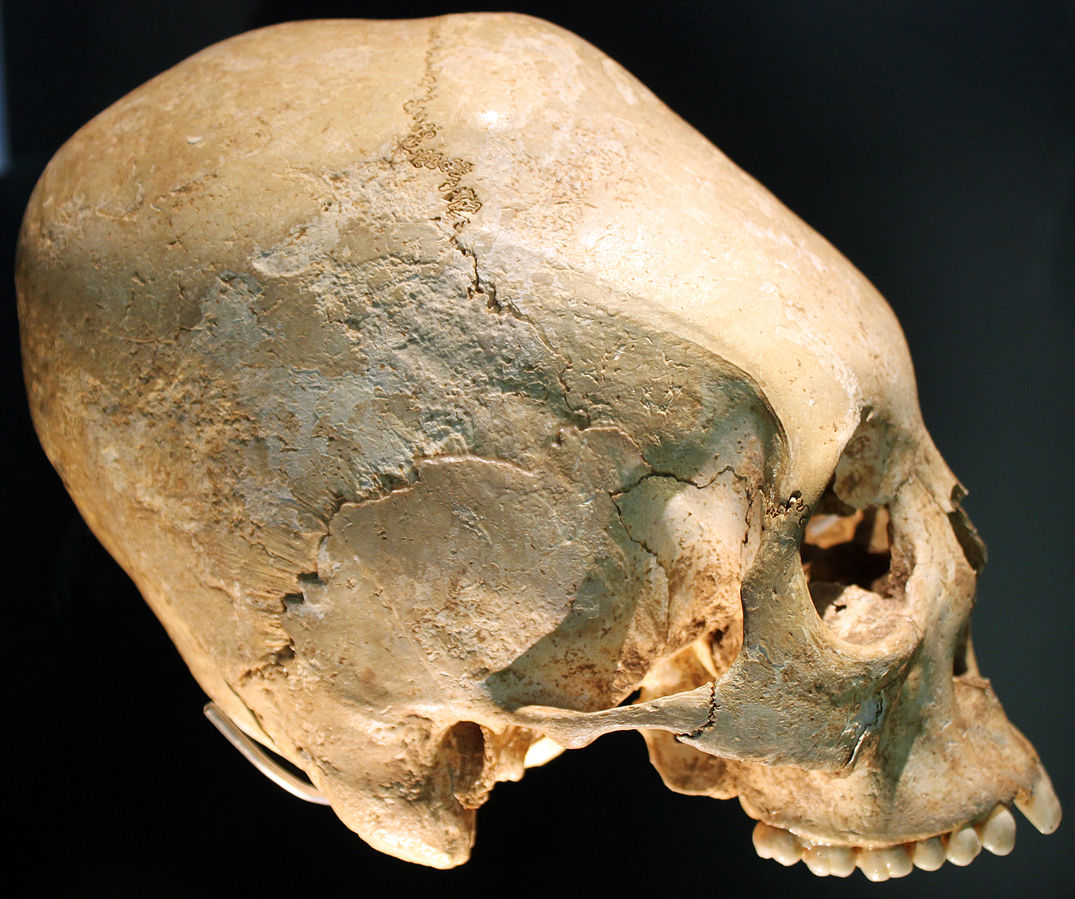

Comments
Author's Notes
Most of what I shared is accurate, with just a few corrections:I made some oversimplification regarding the tribes in the Steppes because the situation is extremely complicated and changed a lot over the 3rd and 4th century.
The description of the Steppes people I'm using after comes from Roman describing the Huns. However, the section about water is from later Mongol tribes (13th to 15th century).
Part of the steppes can actually be farmed once irrigation is maintained. The nomadic tribes living there did not want to, but it was when the steppes where under of outsiders such as the Chinese.